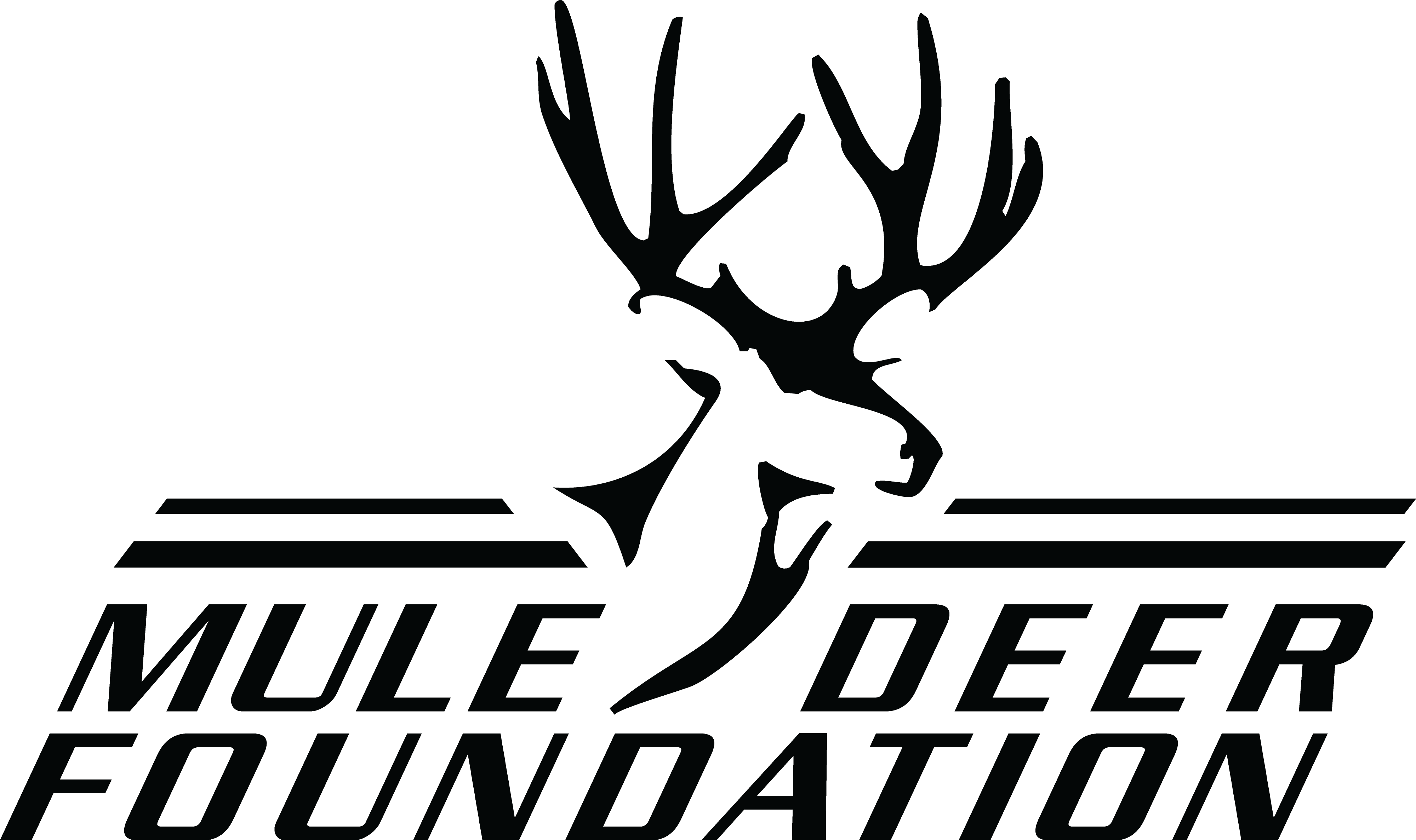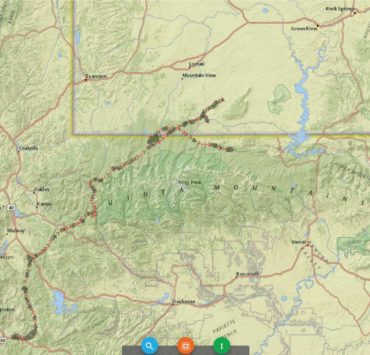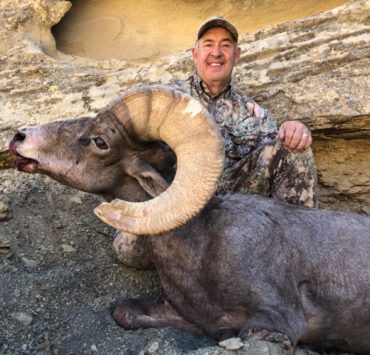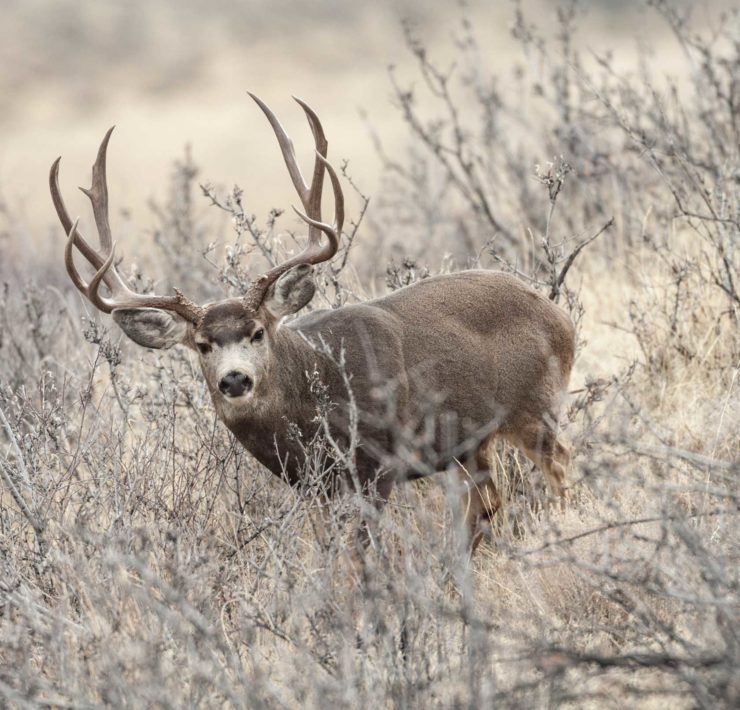Why Wyoming? – A State’s Role in Mule Deer Conservation
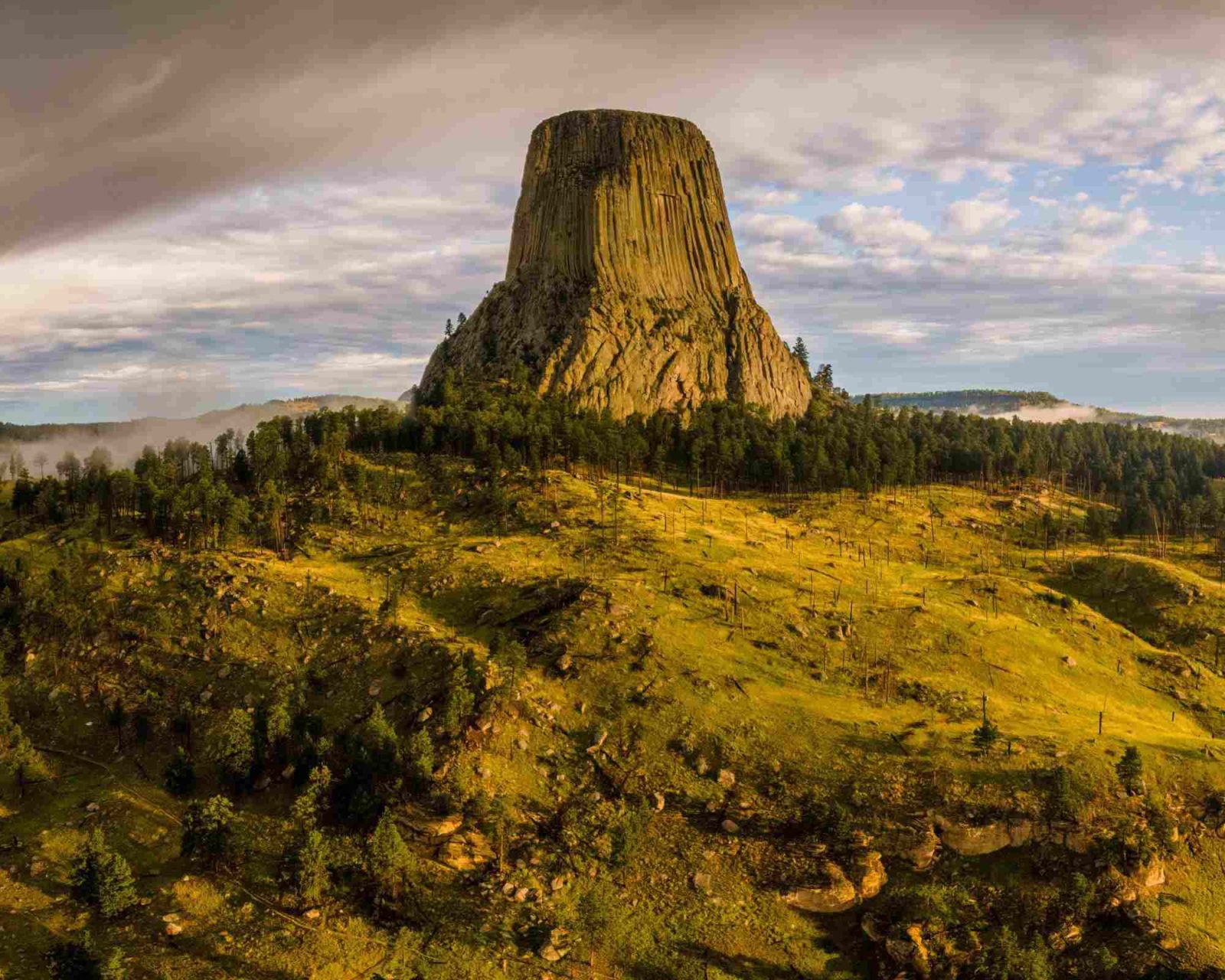
Steve provides the Mule Deer Foundation leadership on all things…
Exploring personal connection and vital importance of mule deer habitat in Wyoming
Wyoming is a very special place for the Mule Deer Foundation, including some very personal attachments. As an organization, MDF has been a proud partner with the Wyoming Game and Fish Department (WGFD) and Wyoming Game and Fish Commission for over two decades. Mule deer conservation, particularly work on movement and migration corridors, was pioneered in western Wyoming, and the WGFD Mule Deer Initiative is leading the way for addressing the needs of mule deer habitat management and a way to involve the public in mule deer conservation issues.
Personally, my conservation career started in Wyoming, I received my graduate degree from UW, I met my wife there (she is a WY Native), one of my kids was born there, and it’s where mule deer conservation and the importance of managing mule deer habitat really took root in my career path. In addition, Wyoming is the home state of MDF President/CEO, Miles Moretti, and a preferred destination for mule deer hunting and viewing for many of us.
MDF has invested and participated in Wyoming mule deer conservation heavily over the past two decades through partnership with the WGFD, U.S. Forest Service (USFS), Bureau of Land Management (BLM), National Fish and Wildlife Foundation (NFWF), and other NGOs and we are extremely proud of the progress made through these efforts. The overlap of mule deer and greater sage-grouse habitat in Wyoming has allowed MDF to improve habitat that benefits both species along with pronghorn, elk, moose, and other wildlife.
The following are a highlights of the accomplishments MDF has made in Wyoming as they relate to the conservation of mule deer through habitat work, research, policy, and other means:
- Raised just over $1.9 million since 2007 from the sale/auction of Wyoming Governors or Commissioners license authorizations. One hundred percent of the proceeds from the WY Governor tag authorizations ($1.78 million) is directed to the WY Big Game License Fee Coalition – of which MDF is a member – which funds habitat and research projects for mule deer from the proceeds. The proceeds from the WY Commissioner tag authorizations ($137,750) are used by MDF to fund projects for WGFD, USFS, BLM and others with MDF only retaining approximately 10% for administrative overhead and in many years dedicating all of the proceeds to habitat projects.
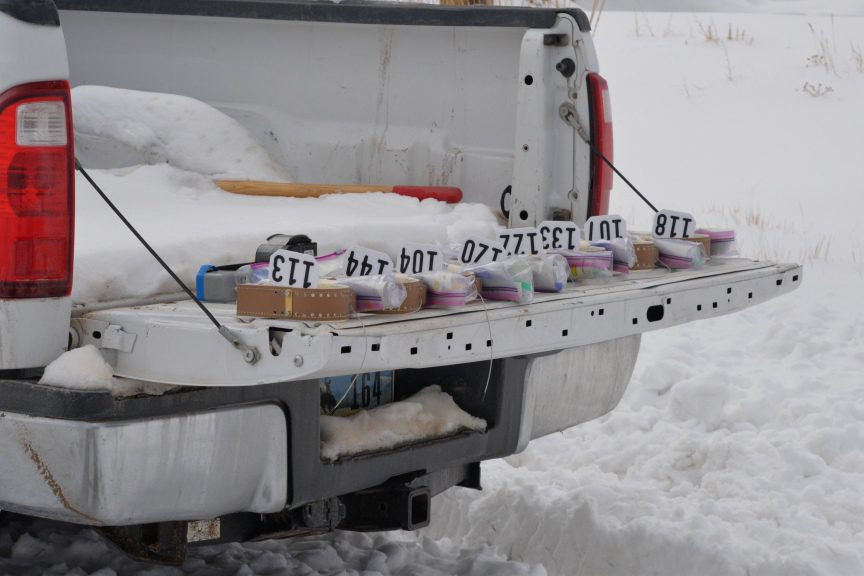
- MDF secured a grant from the National Fish and Wildlife Foundation to partner with WGFD to put over $1.8 million toward habitat work focused in the Sublette Mule Deer and the Platte Valley Priority Areas identified by the Wyoming SO3362 State Action Plan (SO3362 is a Department of the Interior Secretarial order focusing on big game migration corridors and winter ranges). The work includes over 40 miles of fence modification to wildlife friendly standards, thousands of acres of cheatgrass treatment, aspen enhancement, juniper removal, and other habitat work.
- MDF started a collaborative effort with other conservation NGOs focused on mule deer conservation in coordination with the WGFD Mule Deer Initiative. Two “mule deer summits” were held to increase awareness, partnerships, and coordination between the organizations and WGFD. The efforts led to a very successful Wyoming Roadways Summit that focused on big game needs for roadway crossings in movement and migration corridors.
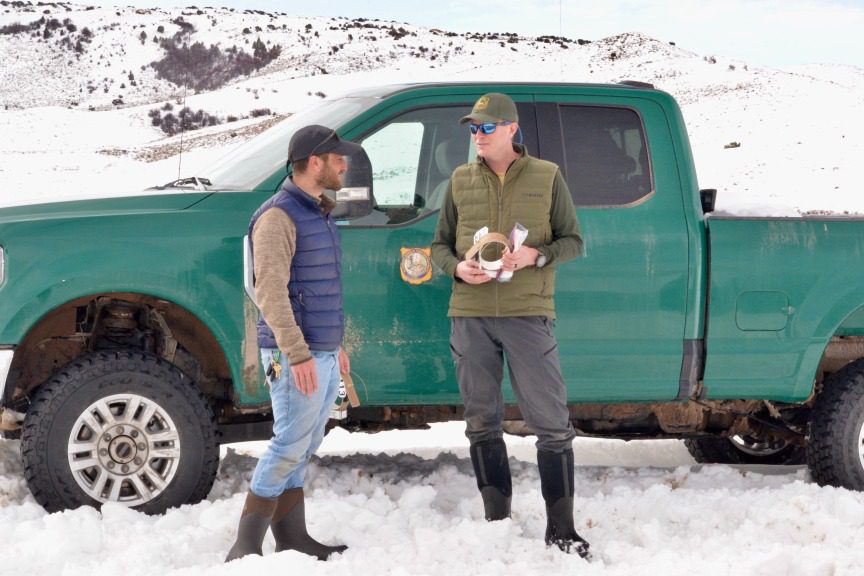
- MDF has worked with the current and the previous two governors to support conservation efforts for mule deer, sage-grouse, and other wildlife. This includes the development and execution of Governor Gordon’s Mule Deer and Antelope Migration Corridor Protection Executive Order, signed in early 2020. MDF participated in the working group meetings designed to address the conservation and designation of migration corridors in Wyoming. This group included representative from various Wyoming stakeholders and allowed for the free flow of ideas on how to best secure the integrity and functionality of our migration corridors while making sure to still provide for economic growth and other uses. The working group made recommendations to Governor Gordon in fall of 2019, many of which were included in the final Order. The Executive Order provides direction for the future of Wyoming big game migration corridor management and protections.
- MDF is a sponsor of the Western Association of Fish and Wildlife Agencies’ (WAFWA) Migration Initiative, a cooperative amongst federal and state agencies to utilize the latest technology to analyze and map migration and movement of big game. This effort, led by Matt Kauffman of the University of Wyoming Cooperative Wildlife Research Unit and the Wyoming Migration Initiative (WMI), will provide precise location information to managers to better conserve these areas. MDF helped WMI hold a series of training workshops for biologists in other state agencies including one held at UW in Laramie.
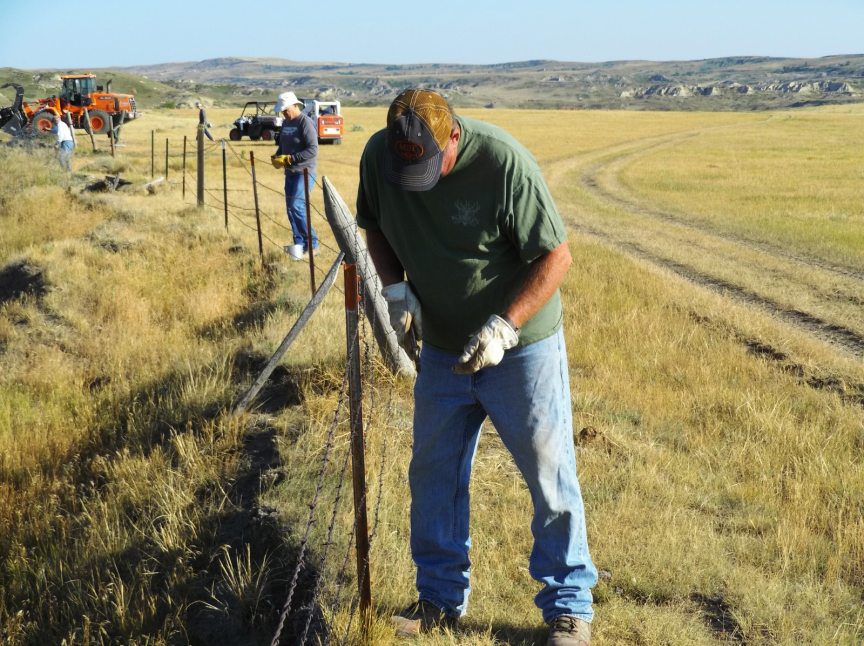
- MDF participates and promotes funding efforts for future wildlife roadway crossing projects such as fencing and development of overpasses and underpasses. With the money generated from the sale of a Wyoming Commissioner’s tag, MDF donated to the WYldlife Fund to help with the Dry Piney Wildlife Crossing north of La Barge in southwest Wyoming. There are several other key mule deer and other wildlife crossings that have been identified in Wyoming that will need future funding and support, including one on I-25 near Buffalo and one on I-80 in the southwestern portion of the state. The Mule Deer Foundation will continue to help provide awareness and funds for these crucial road crossings.
- The Mule Deer Foundation contributed $20,000 in funding for a study on mule deer migrations, seasonal range, and habitat use in the Bighorn Mountains. This study is being spearheaded by the Sheridan Community Land Trust and the Wyoming Game and Fish Department, along with The Nature Conservancy, Wyoming Cooperative Fish and Wildlife Research Unit, Wyoming Migration Initiative, and the Wyoming Game and Fish Department. In late summer 2020, WGFD began to collar mule deer in the northern Bighorns with GPS collars. The data collected from the collars will provide us with much needed information on this herd to support management and habitat conservation efforts. Funding for this project came from donations made by the Eyas Foundation and the Wolf Creek Charitable Foundation.
- Contributed $20,000 to the Thunder Basin Grasslands habitat improvement project. These funds came through the sale of a WGF Commissioner’s License that was given to Mule Deer Foundation by Commissioner Richard Ladwig. These funds will help with juniper removal, sagebrush planting, and fence conversion near the towns of Osage and Bill. This is a large multiyear project that will benefit mule deer and many other species of wildlife.
- Contributed to Southern Bighorn Mountains project that has the primary goal of removing and stopping conifer encroachment, as well as revitalizing curl-leaf mountain mahogany.
- Contributed to the Crazy Woman project treating invasive cheatgrass in portions of the habitat used by the Upper Powder River mule deer herd – this is one of the focal herds in the Mule Deer Initiative due to persistent declines in mule deer numbers.
- Provided $50,000 to purchase GPS collars for a movement research project starting in the Uinta Mountains of Southeast WY.
- Provided over $45,000 to the south pass aspen habitat enhancement projects under the Shoshone National Forest Landscape Restoration Project
- Provided $50,000 to the Platte Valley Habitat Partnership for aspen enhancement and other habitat work.
- Sponsored the WAFWA Summer Meeting held in Cody in 2016.
- Provided over $40k from local chapter rewards funding since 2016
- Contributed to treatment of the invasive weed, ventenata, an invasive grass that has little to no value to wildlife or livestock, on Sheridan walk-in areas. These treatments will hopefully quell the spread of ventenata in the walk-in areas and adjacent properties
- Provided trail cameras for WGFD monitoring and research
- Helped purchase variable messaging signs to reduce deer/vehicle collisions
- Developed needed water and springs in important wildlife habitat
- Removed invasive juniper/conifers in winter range
These are only a few of the highlights of what MDF has been working on in Wyoming over the past 20 years. There is even more in the planning and early implementation stages that will keep Wyoming a big part of MDF’s priorities for the near future. We are proud to work with so many talented and passionate conservationists in the Cowboy state and hold our head high when we say, “Powder River…..Let’er Buck!”
God Bless Wyoming and Keep Her Wild.
Steve provides the Mule Deer Foundation leadership on all things related to mule and black-tailed deer conservation. Steve is a Certified Wildlife Biologist® and has over 30 years in wildlife conservation profession. Steve earned his Master’s degree from the University of Wyoming and B. S. degree from the Pennsylvania State University. Steve is a Fellow of The Wildlife Society and the National Conservation Leadership Institute, and resides in Red Lodge, Montana with wife, two kids and two labs. His experience in federal agencies, the private sector, and non-profit conservation worlds, provide a unique skill set valuable for work that MDF does for deer and other wildlife. He believes habitat is the key to properly managing sustainable wildlife populations across the many landscapes they are found. When he isn’t tirelessly managing the Conservation needs of MDF, he enjoys bowhunting, fly-fishing, and a recent infatuation with deep sea fishing.


